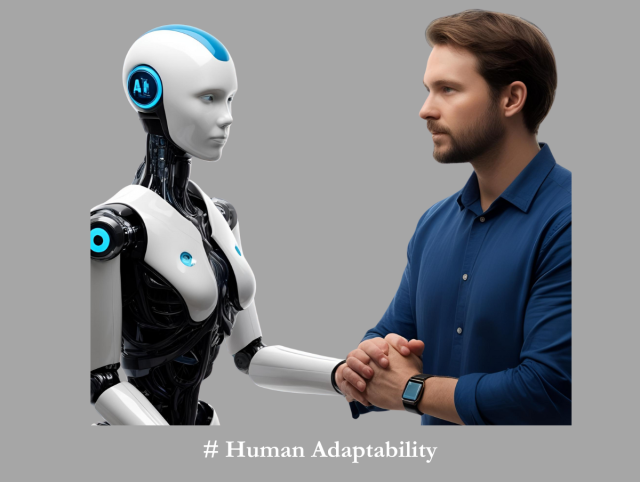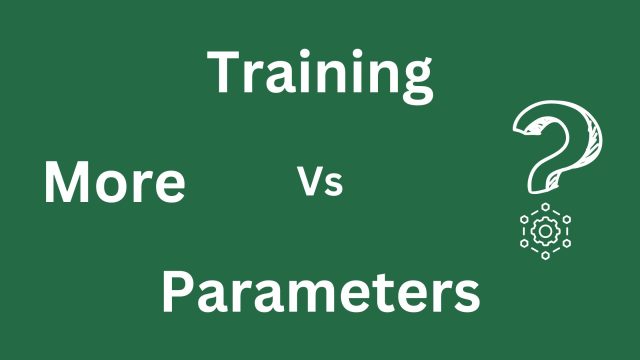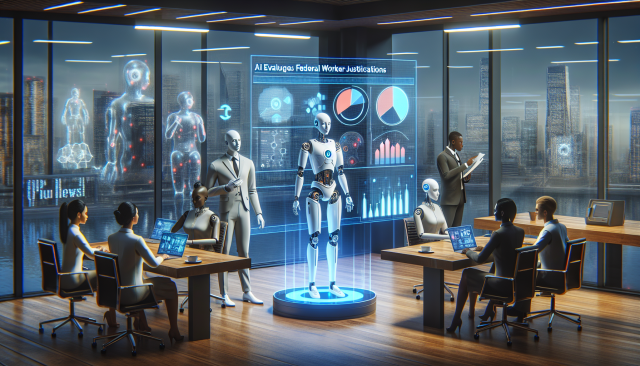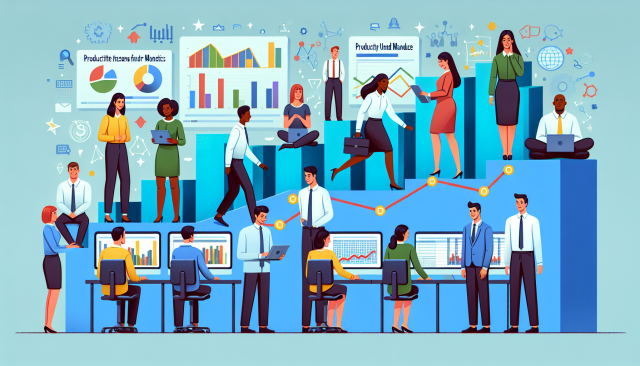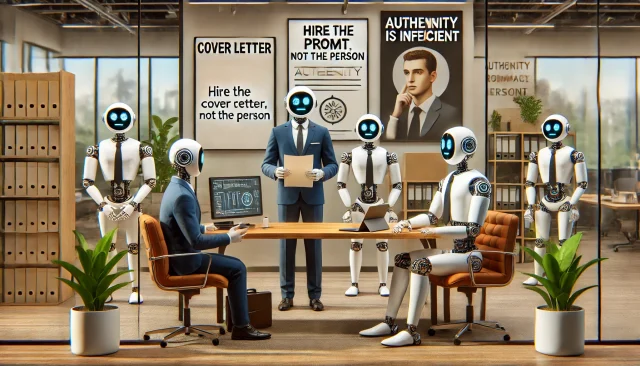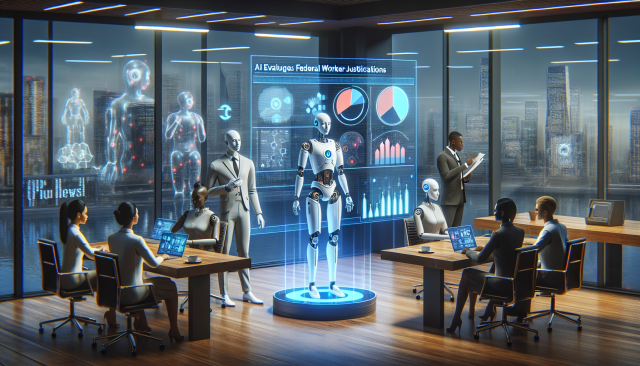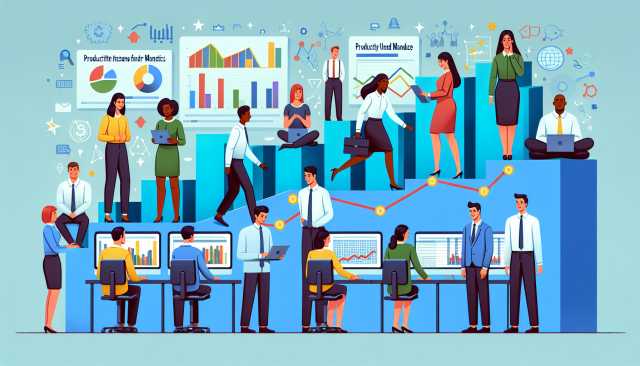Breaking Down the Human Potential Index: A Game-Changer for Workforce Evaluation
As organizations navigate an era of rapid technological disruption, workforce evaluation methods must evolve to ensure resilience, innovation, and adaptability. Traditional performance assessments, static competency models, and outdated skill inventories fail to capture the dynamic nature of modern talent. Enter the Human Adaptability and Potential Index (HAPI)—a transformative framework designed to measure not only current competencies but also an individual’s capacity to grow, evolve, and thrive in uncertain environments.
Download the HAPI Whitepaper to explore its full impact.
The Need for a New Workforce Evaluation Model
The limitations of traditional workforce evaluation frameworks are increasingly evident. Static performance reviews often focus on past achievements rather than forward-looking potential. Skill-based assessments measure proficiency but ignore adaptability. Degree-based hiring overlooks non-traditional pathways to expertise.
HAPI addresses these gaps by incorporating real-time adaptability metrics, predictive analytics, and continuous feedback loops to create a holistic evaluation model that aligns with the future of work.
Key Components of the HAPI Framework
HAPI evaluates workforce potential through five interconnected dimensions:
- Cognitive Adaptability – Measures problem-solving agility, learning efficiency, and decision-making under uncertainty.
- Emotional Resilience – Assesses stress management, motivation sustainability, and response to high-pressure situations.
- Behavioral Flexibility – Evaluates the ability to adopt new methods, integrate feedback, and adjust to shifting job demands.
- Social Adaptability – Measures collaboration skills, cross-functional teamwork efficiency, and ability to work in diverse environments.
- Growth Trajectory – Uses predictive modeling to determine an individual’s long-term potential based on adaptive learning behaviors.
Implications for Organizations and Policymakers
HAPI’s implementation has far-reaching implications for talent management, workforce planning, and national employment policies.
For Organizations:
- Dynamic Talent Identification: Move beyond resume-based hiring and identify high-potential employees with strong adaptability indicators.
- Agile Workforce Development: Tailor learning and development (L&D) programs based on real-time adaptability scores.
- Enhanced Succession Planning: Use HAPI’s predictive insights to create resilient leadership pipelines.
For Policymakers:
- Workforce Readiness Analytics: Deploy HAPI to assess national workforce adaptability and track economic preparedness.
- Targeted Reskilling Investments: Allocate funding to programs that support workers with high growth potential in emerging industries.
- Regulatory Frameworks for Workforce Adaptability: Establish policies that incentivize adaptability-based hiring and training initiatives.
Real-World Applications of HAPI
Several forward-thinking organizations have integrated HAPI into their talent evaluation strategies. A multinational technology firm recently used HAPI assessments to revamp its leadership pipeline, increasing internal mobility by 40% while reducing external hiring costs. Meanwhile, a national government piloted HAPI in its workforce development initiative, leading to a 15% increase in successful job transitions across automation-affected industries.
Download the HAPI Whitepaper to learn how top organizations are leveraging adaptability as a competitive advantage.
The Future of Workforce Evaluation with HAPI
As AI, automation, and hybrid work models reshape global labor markets, organizations that prioritize adaptability will outpace competitors. HAPI is not just an assessment tool—it is a strategic framework that empowers businesses and policymakers to create a resilient, future-ready workforce.
Organizations that adopt HAPI today will set the benchmark for innovation, talent agility, and long-term economic sustainability.
















